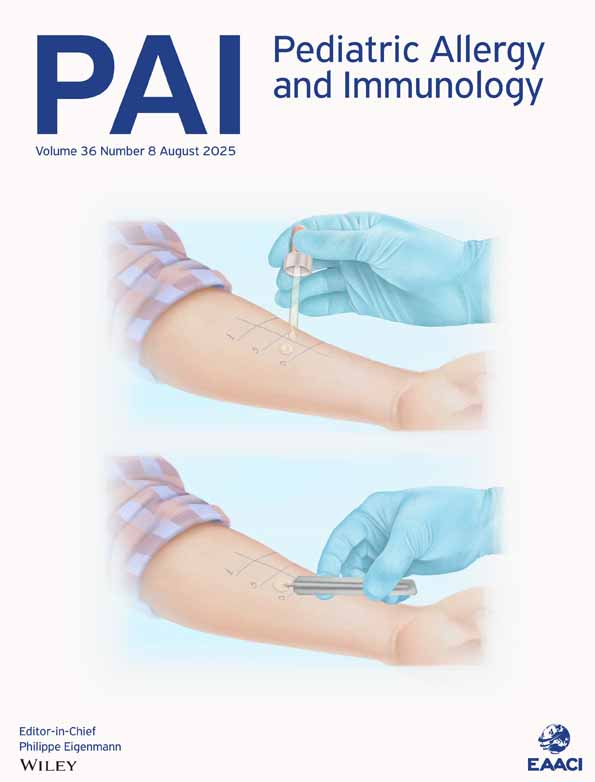Levocabastine eyedrops in comparison with cromoglycate in the treatment of conjunctivitis in children with birch pollinosis
Abstract
During the season 65 children, 7–19) yours old, with conjunctivitis due to birch pollinosis were treated with eyedrops, either levocabastine b. i. d. (+ placebo b. i. d.) (n=32), or cromoglycate q. i. d. (n= 33). Beclomethasone was given to children with rhinitis. Symptoms of conjunctivitis and sedation as well as pollen counts were assessed daily. Blood was drawn before and at the end of the treatment. When mean weekly scores for symptoms of conjunctivitis or sedation were evaluated there were no significant differences between the treatments. A dynamic statistical method correlating symptoms with pollen counts on the same and previous days was applied showing that the children treated with levocabastine had a quicker reduction of their conjunctivis symptoms after a pollen peak (p < 0.05) but were tired for a longer period (p < 0.01). Other side effects were few and similar in the groups. No significant changes were seen in the blood safety data. The differences between the groups were small, and from a clinical point of view the conclusion is that levocabastine taken twice daily is as effective and as free of side effects as cromoglycate taken 4 times a day.




